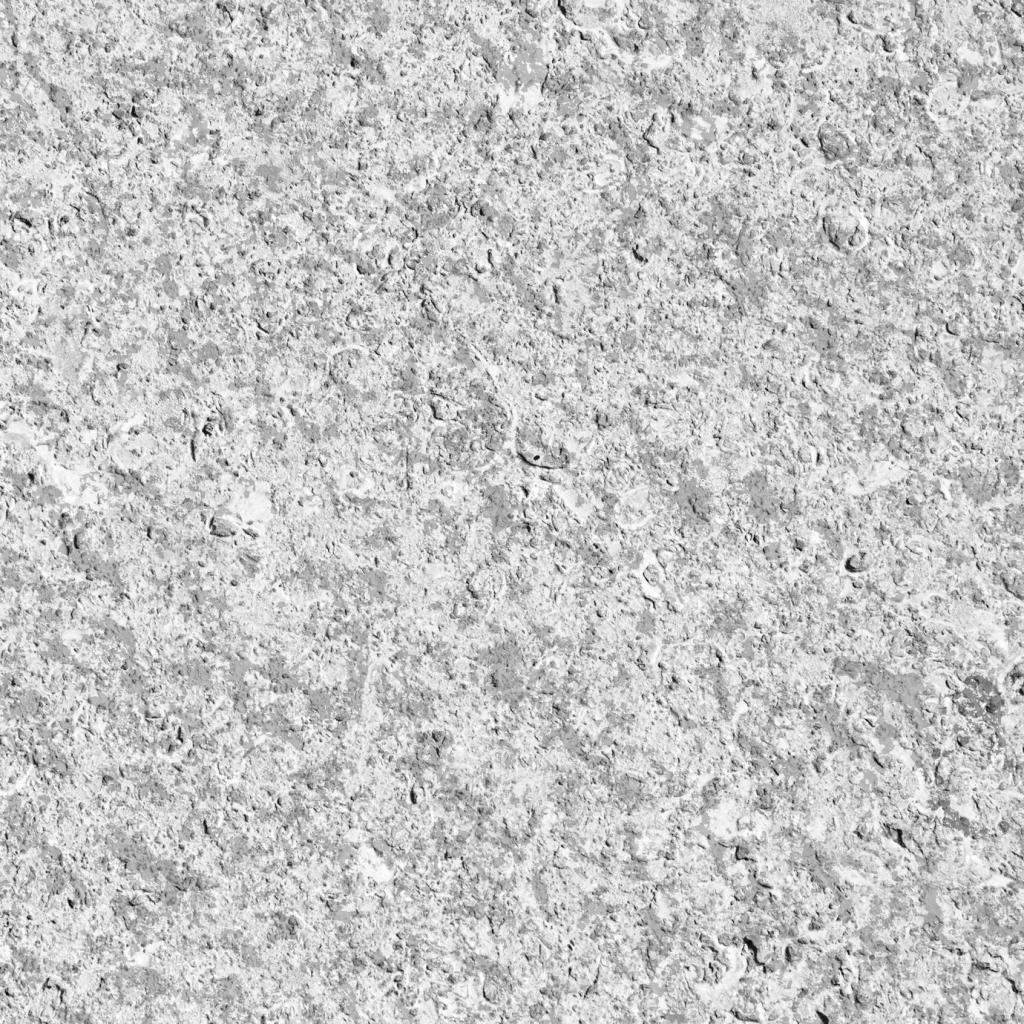Building Better: Low-Impact Concrete Alternatives for Sustainable Building
Chosen theme: Low-Impact Concrete Alternatives for Sustainable Building. Welcome to a practical, optimistic journey into materials and methods that cut embodied carbon, elevate comfort, and keep projects beautiful, durable, and code-ready—without business-as-usual cement dependence.
The carbon footprint we can actually change
Cement production accounts for a notable slice of global CO2 emissions, largely from clinker. Alternatives reduce clinker content, use industrial by-products, or even mineralize carbon, cutting impact without compromising structural performance.
Beyond emissions: health, resilience, and comfort
Lower-impact mixes can improve indoor comfort with better moisture handling, reduce heat islands, and limit harmful dusts. Thoughtful assemblies translate material choices into healthier, quieter, and more resilient buildings people love to inhabit.
Join the conversation and share field lessons
Tell us where you’re building and what you’re testing. Subscribe for field notes, post your mix successes and failures, and ask questions—your insights help the community accelerate smarter, lower-impact practice.


Geopolymers and Alkali-Activated Binders
Aluminosilicate chains form durable networks at lower temperatures than clinker, cutting process emissions. By valorizing industrial by-products, these binders transform waste into structure, unlocking local circularity and lower-impact procurement.
Geopolymers and Alkali-Activated Binders
From precast panels to paving, teams report fast strength gain, low permeability, and excellent sulfate resistance. One coastal walkway we visited showed minimal wear after storms, impressing maintenance crews who expected spalling and salt damage.
Hempcrete and Bio-Based Infills
Hempcrete walls modulate humidity and temperature swings, reducing mechanical loads and improving perceived comfort. Occupants often report air that feels fresher, while data loggers quietly confirm the steady, forgiving hygrothermal profile.

Limecrete and Pozzolanic Blends (LC3, Metakaolin)

Slabs that remain comfortable and repairable
Limecrete floors breathe, buffering moisture from below-grade. With proper base preparation and reinforcement strategy, they deliver satisfying thermal feel and are easy to maintain, making them popular in retrofits and adaptive reuse.

LC3 as a pragmatic bridge technology
Limestone calcined clay cement replaces significant clinker with abundant materials, easing supply constraints and reducing embodied carbon. It works with familiar placement techniques, smoothing adoption for contractors and inspectors alike.

Mix design notes you can adapt on site
Start with manufacturer guidance, adjust water-to-binder ratio conservatively, and test curing protocols to optimize strength and shrinkage. Share your preferred admixtures in the comments, and subscribe for our field-tested recipe updates.
Earthen Systems: Rammed Earth, CEB, and Cob
Careful grading curves and minor stabilizers, such as lime or minimal cement, produce strong monolithic walls. Testing cylinders locally helps dial in compressive targets while safeguarding the project’s low-impact goals and budget.
Earthen Systems: Rammed Earth, CEB, and Cob
Deep overhangs, well-drained plinths, and sacrificial coatings protect earthen facades. When paired with smart flashing and capillary breaks, these strategies ensure longevity that surprises skeptics and delights maintenance teams.
Earthen Systems: Rammed Earth, CEB, and Cob
We visited a rammed earth home a decade after completion. Hairline patterns told a story of seasons, yet walls remained tight and dry. The owners swore by the quiet, steady indoor temperatures year-round.

From Idea to Approval: Codes, Risk, and Measurement
Bring third-party test reports, show relevant precedents, and invite inspectors early. When stakeholders understand performance pathways and responsibilities, approvals flow faster and confidence rises across the team.

